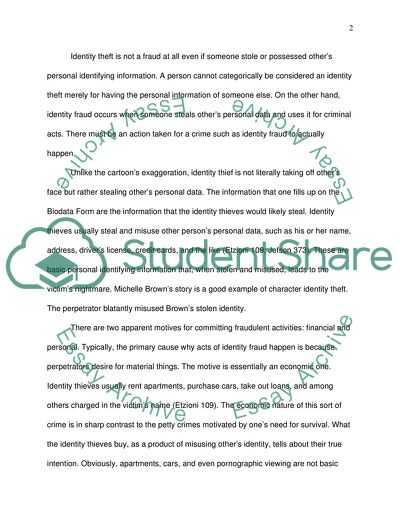Cite this document
(“Nature and Ways of Combating Identity Thief Research Paper - 1”, n.d.)
Nature and Ways of Combating Identity Thief Research Paper - 1. Retrieved from https://studentshare.org/literature/1569745-identity-theft
Nature and Ways of Combating Identity Thief Research Paper - 1. Retrieved from https://studentshare.org/literature/1569745-identity-theft
(Nature and Ways of Combating Identity Thief Research Paper - 1)
Nature and Ways of Combating Identity Thief Research Paper - 1. https://studentshare.org/literature/1569745-identity-theft.
Nature and Ways of Combating Identity Thief Research Paper - 1. https://studentshare.org/literature/1569745-identity-theft.
“Nature and Ways of Combating Identity Thief Research Paper - 1”, n.d. https://studentshare.org/literature/1569745-identity-theft.


